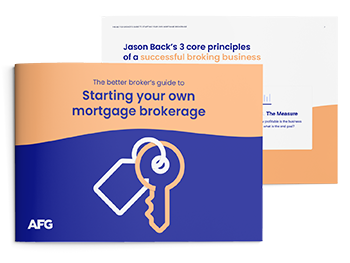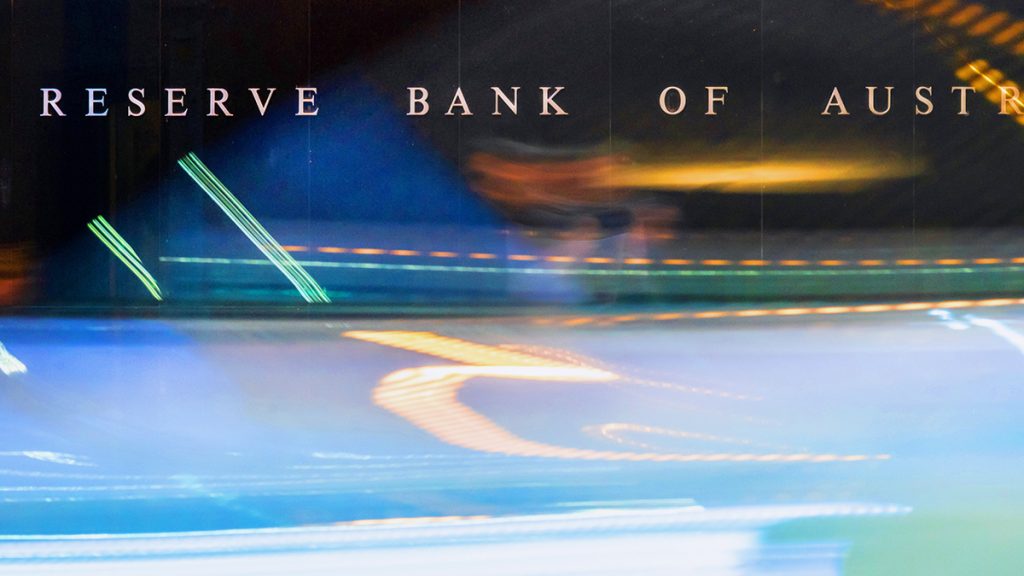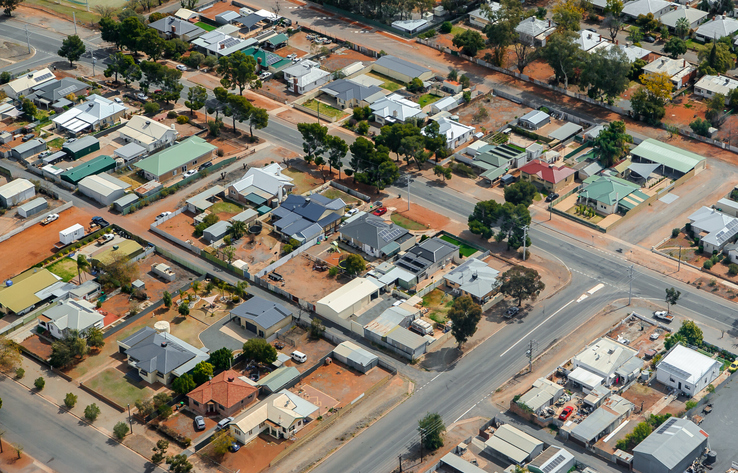(ASX:AFG) Australian Finance Group has reported a further slowing of the market as interest rate increases hit home.
AFG CEO David Bailey explained the results. “AFG recorded a drop in lodgement volume of 3.3% for the third quarter of the 2023 financial year,” he said. “This is 11.67% down on the corresponding period last year, however lodgements remain consistently above pre-pandemic levels.”
Drops were evident across the country with New South Wales the hardest hit, down 15.4% on the same period last year. Queensland was 11.6% down, Victoria 10.5% below, and Western Australia recorded a drop of 10.1% on last year’s levels. South Australia fared better with a drop of only 0.4%.
“Investors continued to dip their toe back into the market, with Investment lodgements up 1% to 28%,” he said. “Despite many reports of First Home Buyers pulling back, they represented 12% of volume, a 1% increase in those taking their first steps into the housing market. This is a reflection of full employment still underwriting demand for home equity.” Refinancing was steady at 31% and Upgraders were down 1% to 38%. Average loan size dropped from $600,149 to $598,258 for the quarter and the national Loan to Value Ratio is up from 65.4% to 65.7%.
“The extraordinary competition between the major banks for market share, including cashbacks on offer for new customers, has seen the major lenders once again take market share from their non-major rivals,” said Mr Bailey. “Major lender lodgements were up 2.2% to 61.8%, the highest level since the final quarter of 2020. This has been fuelled by the majors continuing to benefit from lower funding costs linked to the government’s Term Funding Facility, a lag in passing on deposit rate increases to customers, and the prevalence of subeconomic cash back offers.”
“The longer-term consequence of this situation is that smaller lenders will continue to be squeezed, impacting choice and competition for Australian borrowers, and will ultimately result in higher real long-term borrowing costs for Australian homebuyers.”
In the face of this continued intense level of competition AFG Home Loans retained its number one position as a non-bank lender, volumes for the quarter comprised 5.3% of the total AFG lodgement volume. “Despite stronger penetration of 6.19% in March, this was lower than the 5.81% recorded for the quarter to 31 December 2022,” said Mr Bailey. “The growing uncertainty across global funding markets will undoubtedly have an impact on competition in Australia. Reduced liquidity and higher funding costs will add to the squeeze on smaller lenders across the sector.”
After a welcome pause this month in rate increases, homebuyers facing the impact of ten successive interest rate rises will be looking for ways to save. “The major banks’ customers often pay a ‘loyalty tax’ as lenders chase new customers with better rates and cashback offers, usually at the expense of their existing customers,” he said. “This will encourage customers to shop around, however with competition in the home loan market continuing to be the domain of the major lenders, the restoration of an even playing field for non-major lenders is vital to ensure alternative lending options.”
“As markets factor in predictions of rate falls next year, the pricing of longer-term fixed rate products is beginning to reflect this expectation. This has in turn led to more borrowers choosing a Fixed Rate loan, with the share of those products rising from 4.8% to 5.6%,” he said. “This is the second consecutive quarter they have ticked up, albeit still well below long term averages.”
One positive outcome from the slowing market has been an improvement in Lender Turnaround Times, with the average number of days from the submission of a loan application by an AFG broker to formal approval dropping from 17.9 to 17.7 days.
-ends-










